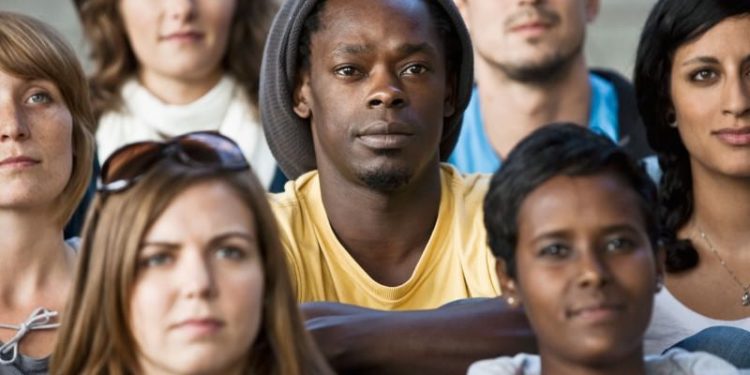I often get asked to deliver Unconscious Bias training. This stumps me. On the one hand, our human cognitive biases are the main challenge to real progress in Diversity and Inclusion. On the other hand, I’m keenly aware of a growing body of research that suggests Unconscious Bias training doesn’t work to dispel our biases. In fact, some research indicates that it does the opposite: when people feel that the knowledge they received is enough to tackle their biases, they sometimes think they don’t need to engage with the topic any further. This often has the result of intensifying the problem instead of helping alleviate it.
I believe UB training has its place. The answer to making the most of it lies in understanding what problem it can solve.
Becoming aware of our cognitive biases and how the brain works will not change our behaviours, even when we want to change. So if an organisation is hoping to introduce UB training in the hope that it will address its EDI challenges, it might see discover that it has invested time and money into something that has very little – if any – impact.
If, however, Unconscious Bias training is introduced as part of raising awareness exercise – the first step towards tackling EDI challenges – then I believe it can have the right impact. We do need to understand how our brain works and we do need to acknowledge the fact that we make decisions based on learned subconscious patterns and sometimes entirely irrational preferences. And that, when it comes to making important decisions, like hiring or promotions, these decisions are riddled with misinformation (or, in fact, lack of factual information).
Once we understand this, we also need to understand that, when it comes to addressing these issues – and changing how we make decisions – training alone is not going to be impactful. It will take a lot more than that.
What will it take to mitigate our ingrained biases?
First and foremost, we need to change our relationship with Unconscious Bias. We need to stop thinking of it as a ‘bad’ thing and stop punishing ourselves for having bias. It is a perfectly normal part of how our brain operates – how it has evolved over thousands of years to help us survive and cope.
If we continue to vilify UB, we are going to be much less inclined to address it. Our brain is wired to react much stronger to negative associations than positive ones. This includes repelling negative thoughts about ourselves. If we associate UB with something that is ‘bad’, we will be less motivated to do something about it.
To give ourselves a fighting chance of reducing our inherent biases – at least when the stakes are high – we need to reframe how we think about them. If we think of UB as a function of our brain that helps us more than it hinders us, we might be more motivated to address it in those instances when it is likely to hinder us in situations when it matters that we get it right.
Once we understand this, the second thing to understand is that it will take a combination of interventions to address our bias. This includes developing new habits of thinking, being given an opportunity to practice how we mitigate our biases and not expecting to get it right straight away (or ever!), and introducing processes designed to decrease the level of systemic biases.
Voice At The Table do this by introducing and improving Inclusive Behaviours which, as we improve in each one of the 8 behaviours, help us make less biased and better-informed decisions.
We also introduce various processes – Inclusion Nudges – designed to address bias on a systemic level. Some of these may include simple changes to hiring and interviewing processes, and others might address how we look at organisational EDI goals, such as team composition and improved performance.
This, more holistic approach to UB, gives organisations a genuine chance to mitigate bias in important decisions.
So let’s not throw out the baby with the bathwater; let’s not get rid of UB training all together. Let’s just make sure that we use it to solve the right problem.
Contact us if you want to find out more about our Inclusive Behaviours Framework or how we use Inclusion Nudges.
If you liked this post, we think you will enjoy New (to me) inclusive Terminology


